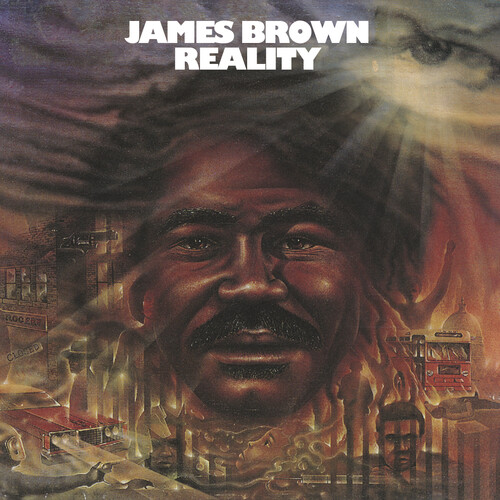
How he applied that power reveals a complex man who was undoubtedly one of principle, no matter how unfashionable those principles may have appeared.

Meredith had famously been the first Black student to attend the University of Mississippi in 1962, accompanied by the National Guard.īrown had tremendous sway with a generation, and he understood his power. He performed charity concerts for the Southern Christian Leadership Conference and he headlined a rally at Tougaloo College in Mississippi, during the “March Against Fear” begun by James Meredith, who was shot early in the outset of the march. He was also an outspoken supporter of the Civil Rights Movement throughout the 1960s. He released “Don’t Be A Drop-Out” in 1966, with high school dropout rates on the rise. From the mid-60s on, Brown’s proto-funk classics set the stage for everyone from George Clinton to Sly Stone, opening the floodgates for an aggressive and loose take on Black music that seemed to coincide with a freeing of Black consciousness – no longer beholden to crisp suits and smiling publicity photos.Īs popular music became increasingly topical in the late 1960s, Brown’s status became even more obvious, he flexed considerable weight as a community force and a cultural influencer before such parlance had entered the lexicon. Early singles like “Please Please Please” and “Try Me” showcase a brand of gutsy soul that heralded the sweatier branch of R&B’s family tree, one that would soon yield fruit from Stax Records and Muscle Shoals.

James Brown’s music was always a cultural force.


 0 kommentar(er)
0 kommentar(er)
